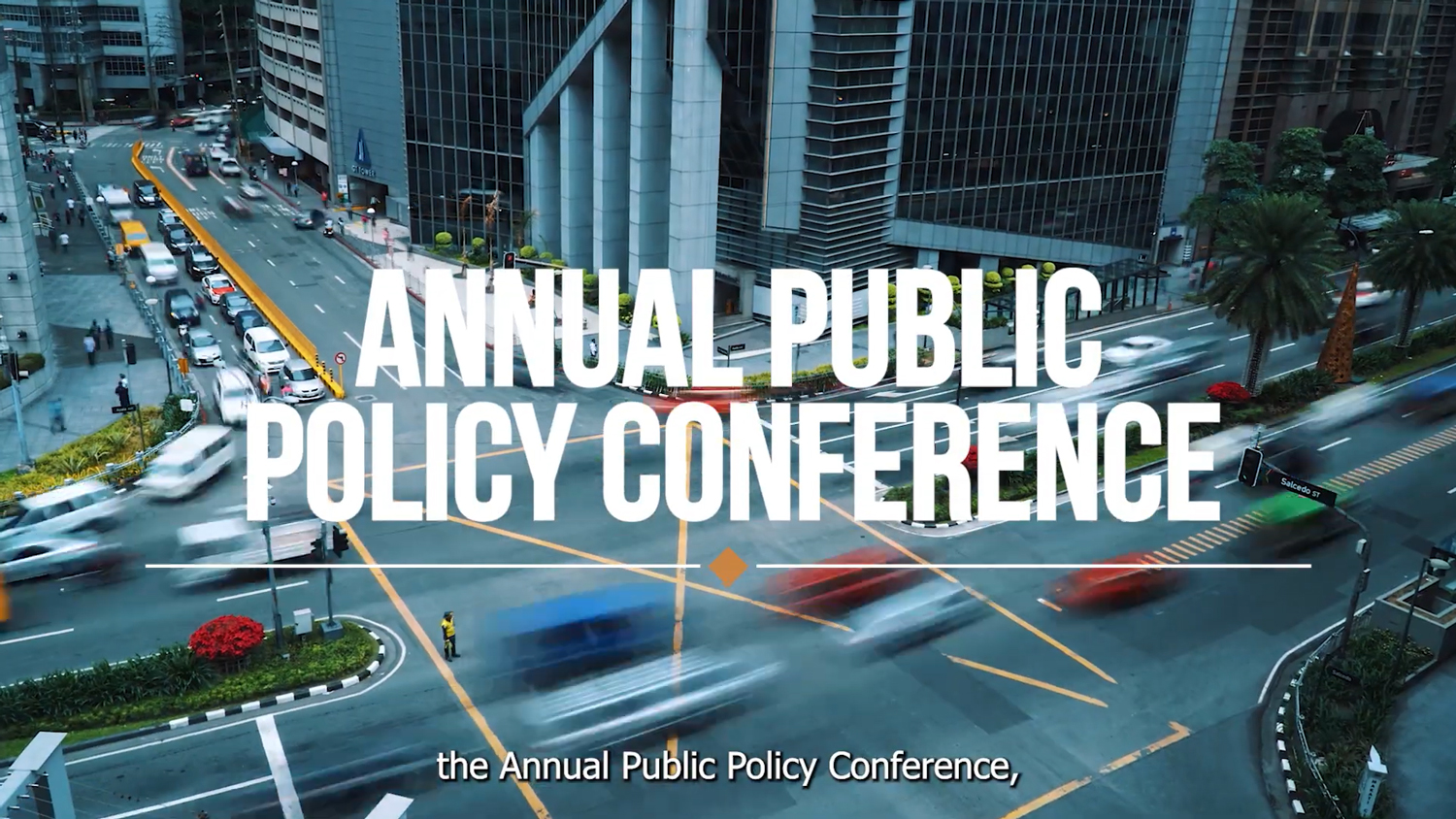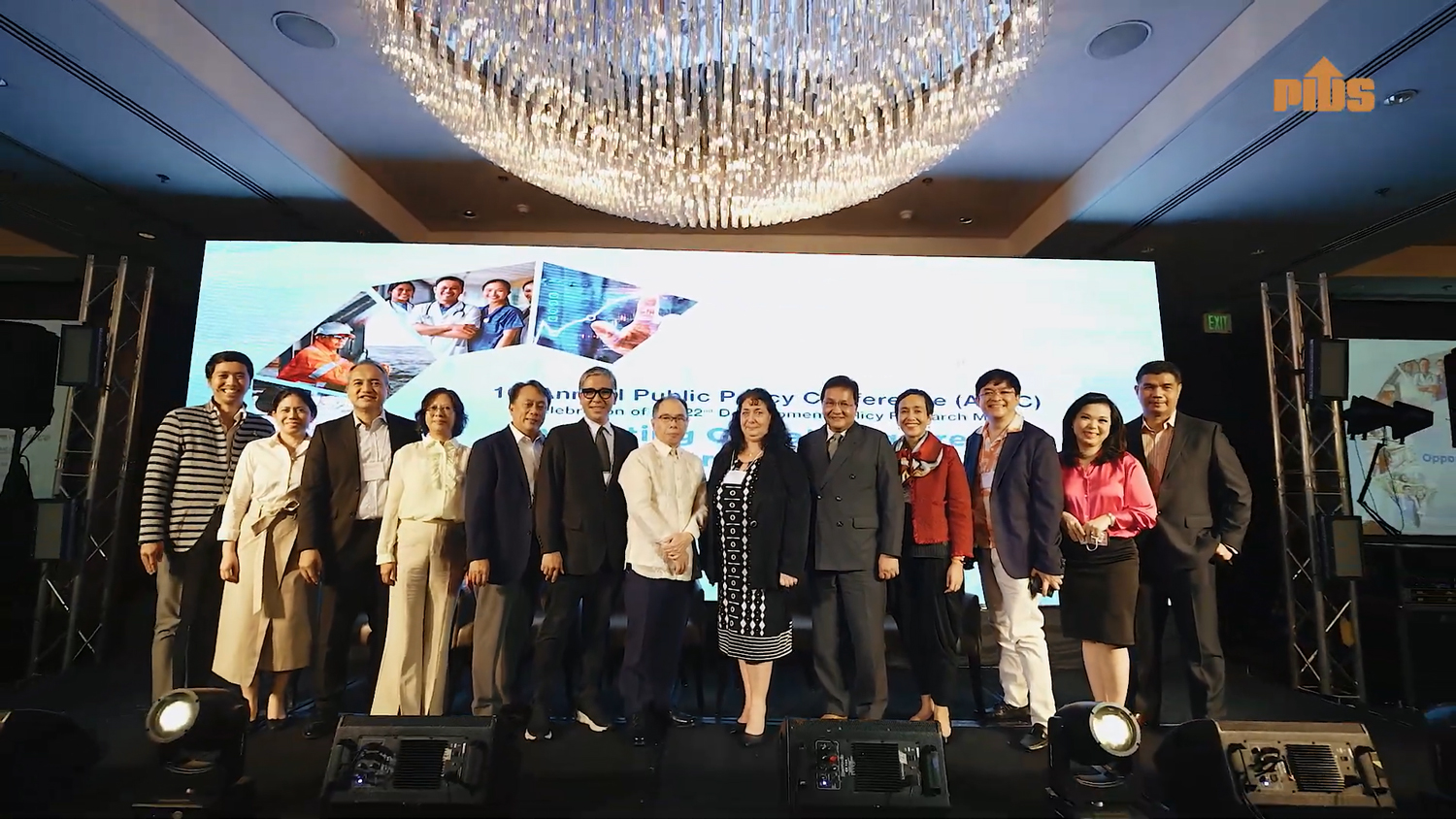Albert Einstein supposedly defined insanity as doing the same thing over and over again and expecting different results. This is exactly what we had been doing for decades by restricting importation of rice to supposedly protect farmers, who, however, remained poor as ever.
Not only that… rice consumers end up paying for rather expensive rice… fueling labor discontent and making our labor cost more expensive than in neighboring countries. That’s what you call getting the worst of both worlds.
President Duterte promised change, but change is slow to get here. It is getting mired in the morass created by vested interests in and out of government.
But there is a better than even chance that change in government’s rice policy is about to happen. Political noise generated by unexpectedly high inflation numbers is making the national leadership realize that change is urgently needed.
It helps a lot too that the economic managers are for it. Newly installed House Speaker Gloria Macapagal Arroyo, an economist, promised to prioritize it. It is an obvious step to take to help relieve political pressure over rising food prices, specially for rice.
For a while, it seemed President Duterte sided with the leadership of NFA. That’s one government agency perceived to have been captured by vested interests. NFA also has a reputation for corruption.
Decent policy makers were shocked when the President relieved Cabinet Secretary Leoncio Evasco Jr. as chairman of the NFA Board instead of the administrator of the NFA. Noted for his clean record as a public servant, Evasco favored lifting the quantitative restriction on rice imports and ending the import monopoly of the NFA. This is the exact prescription of government economists and the President’s economic managers.
The DOF asserts a 35 percent import tariff on rice in lieu of restricting rice import volumes would encourage private traders to bring the staple into the country, allowing cheaper rice to enter the domestic market.
Reduced rice prices would benefit poor households which spend at least 20 percent of their budget on rice, the DOF said, citing studies done by the National Economic and Development Authority (NEDA).
Bringing down rice prices is crucial to poverty reduction. The price of this staple is a major driver of inflation, according to DOF Undersecretary Gil Beltran. Farmers can be given more direct support from funds to be raised by the 35 per cent tariff on rice imports.
According to results of a simulation conducted by Roehlano Briones and Lovely Ann Tolin of the Philippine Institute of Development Studies (PIDS), the retail price of rice will drop by as much as P6.97 per kilogram.
The study was done in 2015 when rice was retailing at P32 per kilo. The cost savings for consumers should be much more today with the retail price at P42 per kilo.
But the farmgate price of palay (unhusked rice) will go down by as much as P4.56 per kilogram which translates to a decline of income of P18,240 per hectare for the average rice farmer. Rice farmers who cannot compete with the imported rice will have to plant some other crops for their livelihood.
Dr. Emil Q. Javier, an internationally recognized agriculture expert, has called for a drastic shift of policy from rice self-sufficiency to raising farmers’ income as the primary objective. Rice self-sufficiency, Dr Javier said, while physically attainable, does not address the larger more pervasive problem of poverty in the countryside.
“Better that we divert the not-so productive rice areas into other higher value crops (crop diversification and multiple cropping). We will produce less rice, but the additional gross value added from other crops will more than make up for the rice shortfall.”
Dr. Javier pointed out that local cost of producing palay is P13 per kilogram. We have to bring it down to P8-to P9 per kilogram to be able to compete with imports. We need to increase yields to six or even 10 tons per hectare, which can be achieved with hybrids to improve productivity.
Rainfed lowland and upland rice fields whose yields are low are better diverted into other higher value crops like vegetables, fruits, legumes and even ornamentals and herbal crops, Dr. Javier suggested.
“Provided markets are assured for other crops, diversified farms may turn out to be more profitable than double-cropped irrigated rice farms.”
Dr. Javier knows what he speaks of. He had directed work in Taiwan on vegetable research and development that brought about Taiwan’s successful vegetable export industry.
But because crop diversification will take years to successfully install and their benefits felt, displaced rice farmers should be helped to adjust to the new market regime.
Dr. Javier observed that “the conventional approaches of market support, government procurement, fertilizer and seed subsidies and, provision of farm equipment are costly, wasteful, and prone to corruption (i.e. over pricing, ghost deliveries, ghost farmers)…
“Better that the actual rice tillers receive cash directly and for them to invest the money in their farms and in other sources of livelihood, or for consumption as they see fit…
“However, the farmers should be weaned away from the payments after a maximum of say 10 years. The payments to the rice farmers will be sourced from rice tariffs which are projected to amount to P27-to P28-billion per year by 2022.”
The ball is now in Speaker Arroyo’s court. But let us not underestimate the ability and determination of the rent seekers who have benefited from the current system to preserve the status quo to the disadvantage of both rice farmers and rice consumers.
Finally adopting a rice policy change that’s long overdue is a test of this administration’s political will.
Not only that… rice consumers end up paying for rather expensive rice… fueling labor discontent and making our labor cost more expensive than in neighboring countries. That’s what you call getting the worst of both worlds.
President Duterte promised change, but change is slow to get here. It is getting mired in the morass created by vested interests in and out of government.
But there is a better than even chance that change in government’s rice policy is about to happen. Political noise generated by unexpectedly high inflation numbers is making the national leadership realize that change is urgently needed.
It helps a lot too that the economic managers are for it. Newly installed House Speaker Gloria Macapagal Arroyo, an economist, promised to prioritize it. It is an obvious step to take to help relieve political pressure over rising food prices, specially for rice.
For a while, it seemed President Duterte sided with the leadership of NFA. That’s one government agency perceived to have been captured by vested interests. NFA also has a reputation for corruption.
Decent policy makers were shocked when the President relieved Cabinet Secretary Leoncio Evasco Jr. as chairman of the NFA Board instead of the administrator of the NFA. Noted for his clean record as a public servant, Evasco favored lifting the quantitative restriction on rice imports and ending the import monopoly of the NFA. This is the exact prescription of government economists and the President’s economic managers.
The DOF asserts a 35 percent import tariff on rice in lieu of restricting rice import volumes would encourage private traders to bring the staple into the country, allowing cheaper rice to enter the domestic market.
Reduced rice prices would benefit poor households which spend at least 20 percent of their budget on rice, the DOF said, citing studies done by the National Economic and Development Authority (NEDA).
Bringing down rice prices is crucial to poverty reduction. The price of this staple is a major driver of inflation, according to DOF Undersecretary Gil Beltran. Farmers can be given more direct support from funds to be raised by the 35 per cent tariff on rice imports.
According to results of a simulation conducted by Roehlano Briones and Lovely Ann Tolin of the Philippine Institute of Development Studies (PIDS), the retail price of rice will drop by as much as P6.97 per kilogram.
The study was done in 2015 when rice was retailing at P32 per kilo. The cost savings for consumers should be much more today with the retail price at P42 per kilo.
But the farmgate price of palay (unhusked rice) will go down by as much as P4.56 per kilogram which translates to a decline of income of P18,240 per hectare for the average rice farmer. Rice farmers who cannot compete with the imported rice will have to plant some other crops for their livelihood.
Dr. Emil Q. Javier, an internationally recognized agriculture expert, has called for a drastic shift of policy from rice self-sufficiency to raising farmers’ income as the primary objective. Rice self-sufficiency, Dr Javier said, while physically attainable, does not address the larger more pervasive problem of poverty in the countryside.
“Better that we divert the not-so productive rice areas into other higher value crops (crop diversification and multiple cropping). We will produce less rice, but the additional gross value added from other crops will more than make up for the rice shortfall.”
Dr. Javier pointed out that local cost of producing palay is P13 per kilogram. We have to bring it down to P8-to P9 per kilogram to be able to compete with imports. We need to increase yields to six or even 10 tons per hectare, which can be achieved with hybrids to improve productivity.
Rainfed lowland and upland rice fields whose yields are low are better diverted into other higher value crops like vegetables, fruits, legumes and even ornamentals and herbal crops, Dr. Javier suggested.
“Provided markets are assured for other crops, diversified farms may turn out to be more profitable than double-cropped irrigated rice farms.”
Dr. Javier knows what he speaks of. He had directed work in Taiwan on vegetable research and development that brought about Taiwan’s successful vegetable export industry.
But because crop diversification will take years to successfully install and their benefits felt, displaced rice farmers should be helped to adjust to the new market regime.
Dr. Javier observed that “the conventional approaches of market support, government procurement, fertilizer and seed subsidies and, provision of farm equipment are costly, wasteful, and prone to corruption (i.e. over pricing, ghost deliveries, ghost farmers)…
“Better that the actual rice tillers receive cash directly and for them to invest the money in their farms and in other sources of livelihood, or for consumption as they see fit…
“However, the farmers should be weaned away from the payments after a maximum of say 10 years. The payments to the rice farmers will be sourced from rice tariffs which are projected to amount to P27-to P28-billion per year by 2022.”
The ball is now in Speaker Arroyo’s court. But let us not underestimate the ability and determination of the rent seekers who have benefited from the current system to preserve the status quo to the disadvantage of both rice farmers and rice consumers.
Finally adopting a rice policy change that’s long overdue is a test of this administration’s political will.












